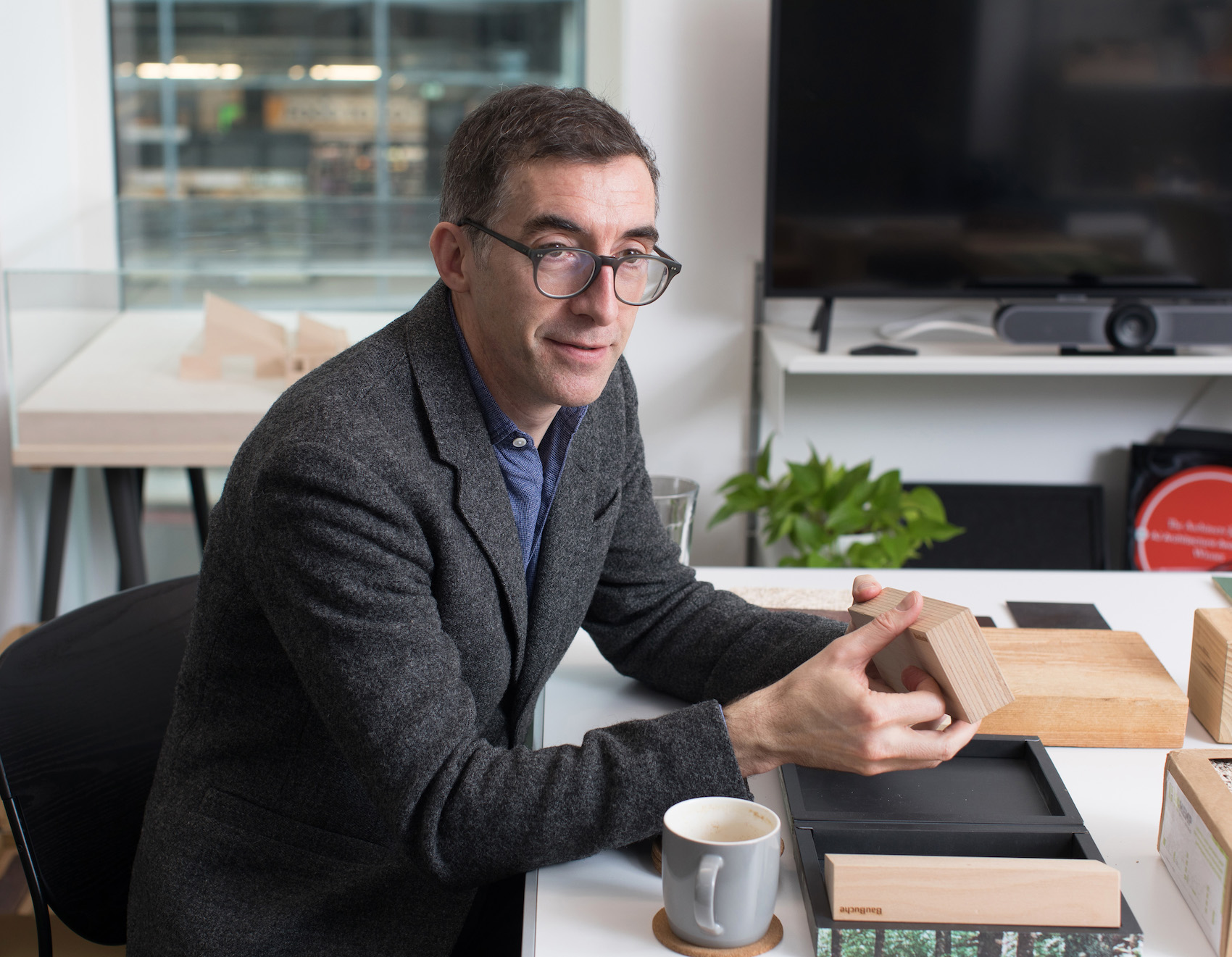AT talks to Alex Ely, founding director of Mæ, about the challenges and benefits of B Corp certification, and what the practice is doing to further expand its environmental knowledge base.
Congratulations on attaining B-Corporation certification! Why did the practice decide to follow this path?
First of all, we felt that as a practice we were aligned with the B Corp movement, which recognises companies that meet very high standards of social and environmental performance, as well as transparency and accountability. That said, it required an enormous amount of work to get certified, with the whole process taking more than a year, and involving close scrutiny of five key areas of the business: governance, workforce, community, environment, and customers.
What did you have to demonstrate?
On the governance side, it was about demonstrating our code of ethics, our internal governance and our mission. In terms of workforce, it’s ensuring that we have a good understanding of how to develop a working environment that provides health and wellbeing, as well as opportunities for training. With regards to community, it’s about demonstrating how we engage meaningfully with the communities that we’re designing for, providing positive social impact and adding social value.
On the environmental side, we were already well used to measuring our projects in terms of their embodied and operational carbon. But B Corp goes beyond this and asks you to report on the overall accessibility of projects and how these address, for example, modal shifts in transport, whether that’s improving pedestrian accessibility, cycle transport, or access to public transport; how they reduce waste or prioritise brownfield development; and address social deprivation.
Finally, on the customer side, it’s about ensuring that we’re good at listening and responding to customers’ needs and getting good client feedback, which is then fed into future improvements. Actually, that’s one of the main objectives of B Corp: you have to constantly raise your game – it’s not a case of ‘we’ve achieved certification, job done.’ After the rigours of the submission process, we were delighted to receive an overall score of 133 – a good achievement, considering the qualifying score for B Corp certification is 80.
Would you say that B Corp is useful in terms of benchmarking the practice and setting new goals?
Yes definitely. We want to be at the cutting edge and leading in terms of low-carbon or zero-carbon architecture, as well as pioneering circular economy ideas. B Corp provides us with a trusted and recognised mechanism to test whether we are doing that and check progress along the way. There are further benefits however; working with other B Corp companies means that our ethics are aligned, and this also helps to continuously improve our B Corp credentials. Added to this, B Corp accreditation may also help us discover a network of similarly aligned businesses that we haven’t worked with before, such as developers, potential clients, or other consultants and collaborators.
Diagram highlighting the domains and indicators of the Gross National Happiness Index (source: Multidimensional Poverty Peer Network)
In what other areas is the practice expanding its environmental knowledge and expertise?
The practice is driven by three key principles: social, sustainable, and spatial, with each of these underpinned by a specific area of governance. Everyone in the practice belongs to one of three teams. We have Mæ B, as in B Corp, which focuses on our social values and interest in social commitment; then there’s the Mæ Zero and Mæ Plus teams. Mæ Zero is charged with advancing our expertise in environmental architecture and pioneering circular economy buildings. Mæ Plus is concerned with developing our expertise in relation to what makes good housing, in other words, the DNA of good housing. Post-occupancy evaluation forms a key component of this research. The teams are essentially ‘hooks’ that allow us to test and question our design thinking.
The practice’s work has also been growing beyond the confines of the M25, with new projects in the north on the south coast, and potentially overseas. This, combined with travels to European countries, as well as most recently Bhutan in South Asia, has also expanded our thinking and knowledge base. The Netherlands, for example is far ahead of the UK in terms of its understanding of the circular economy and low-carbon architecture. Bhutan, meanwhile, is a carbon positive country, which measures and prioritises gross national happiness over economic growth. So, there’s much to learn and feed into what the practice is doing.
Source: Architecture Today

